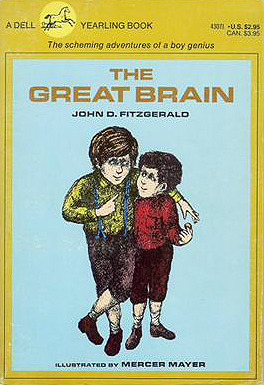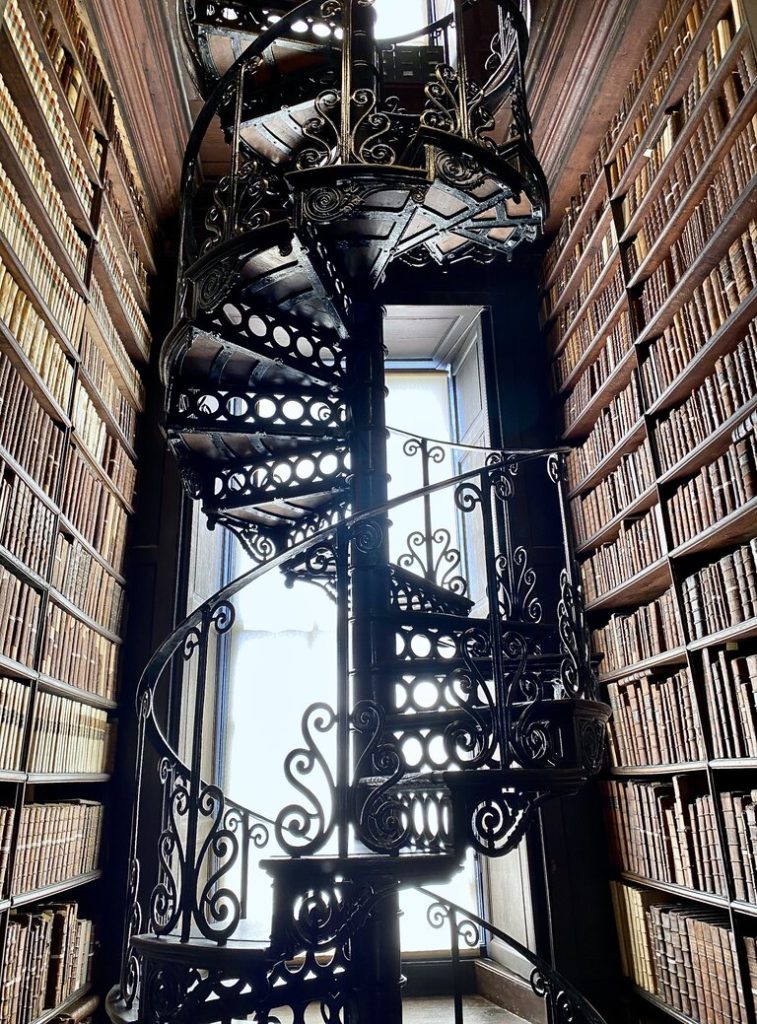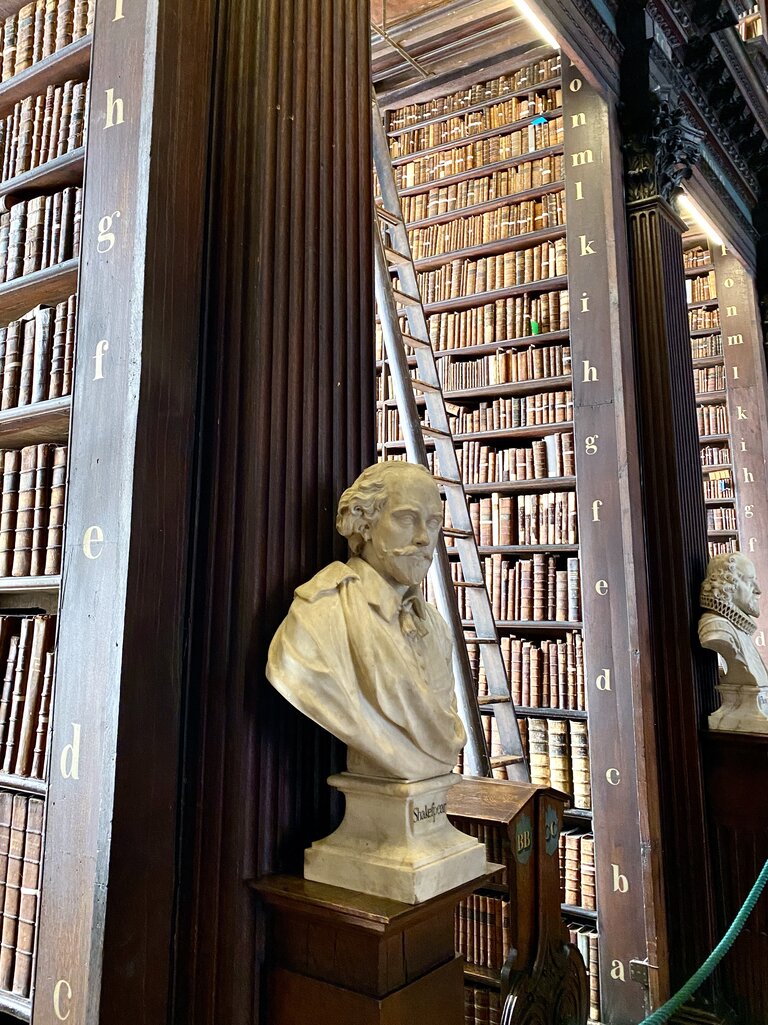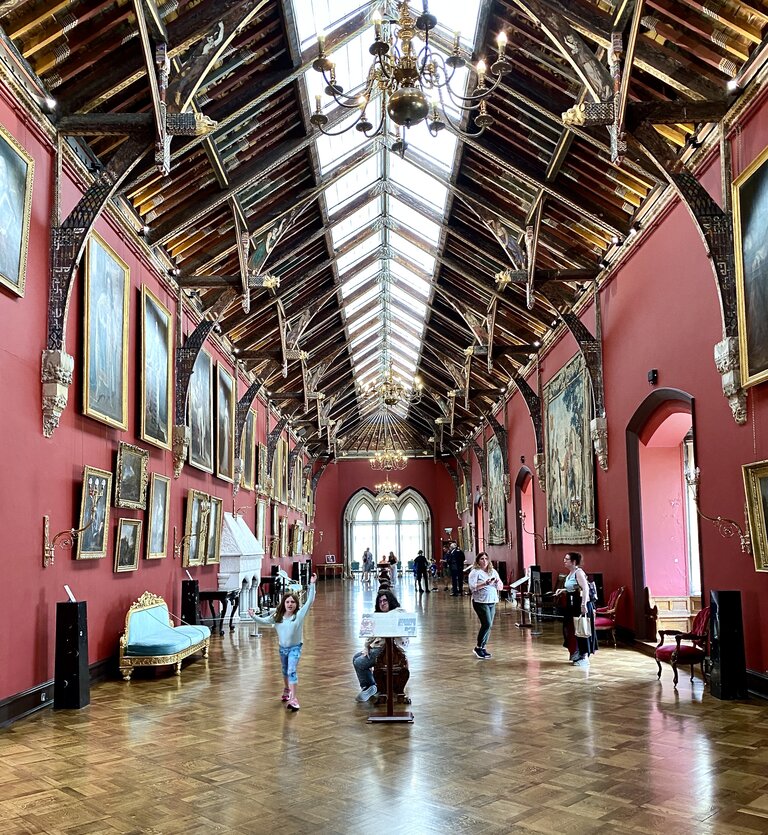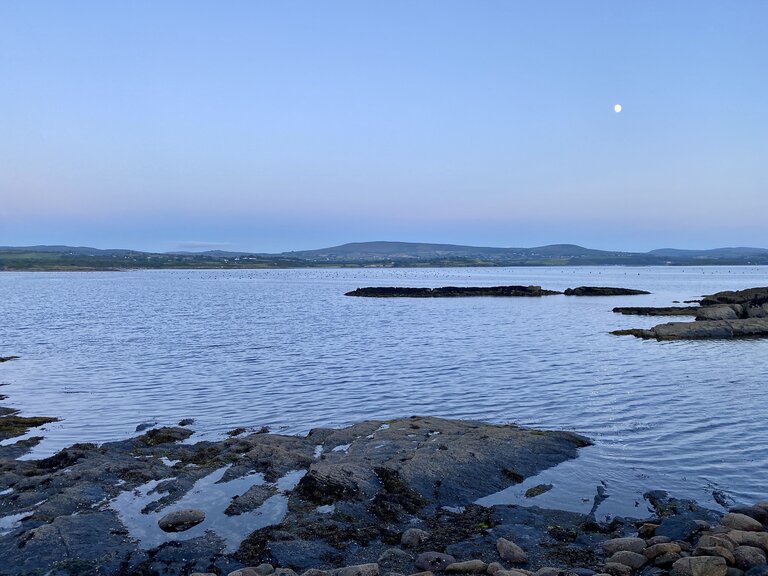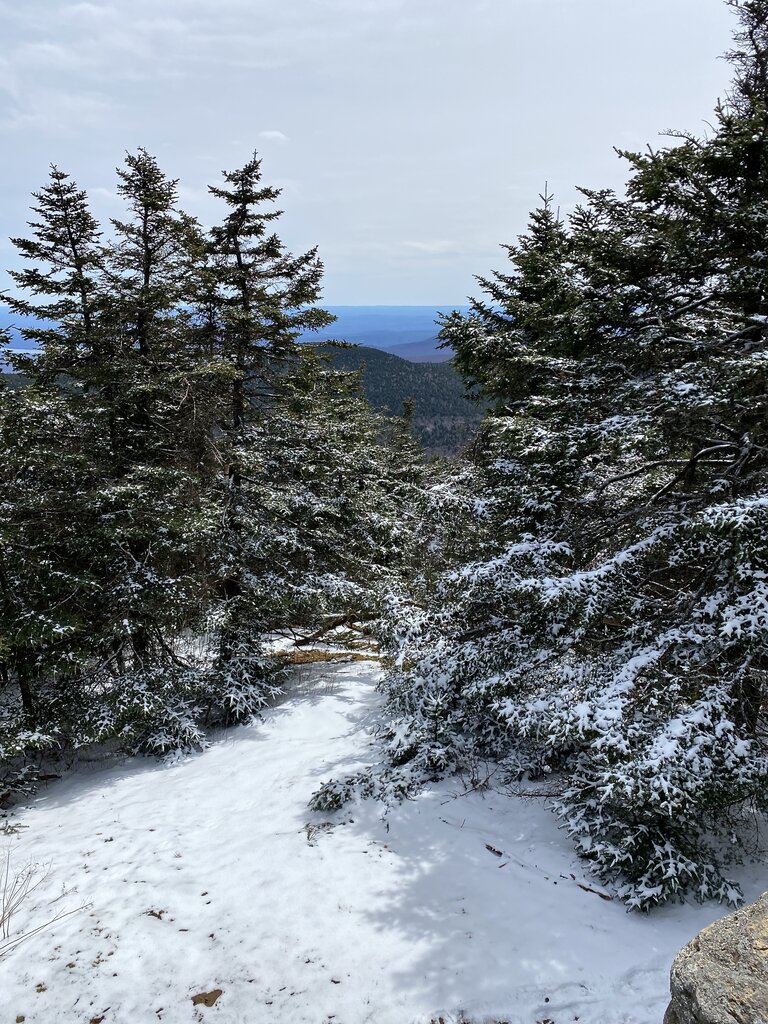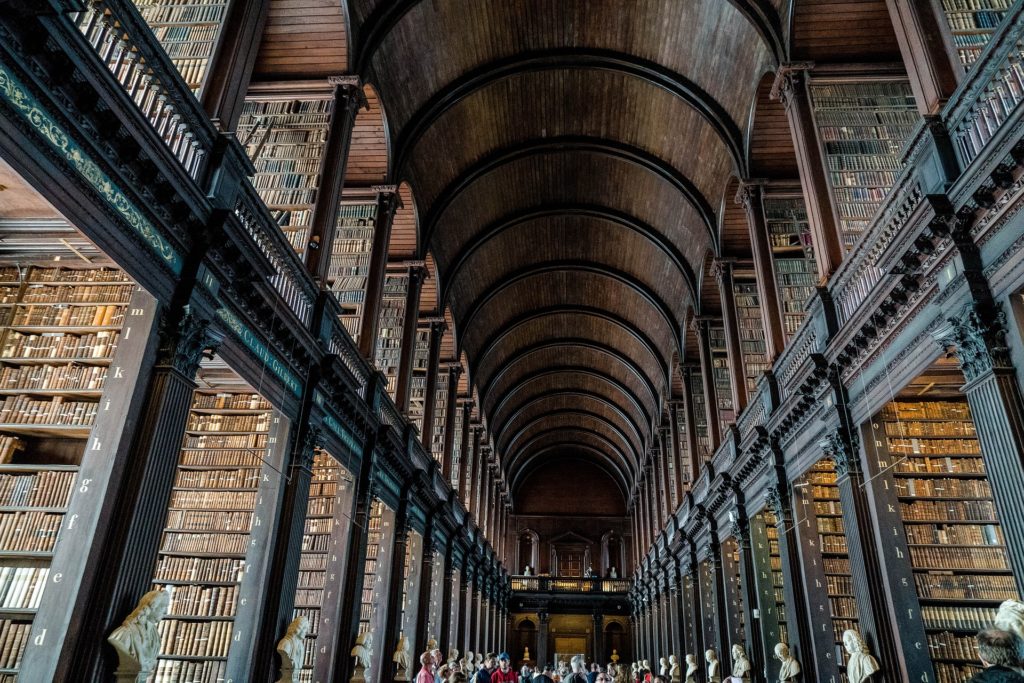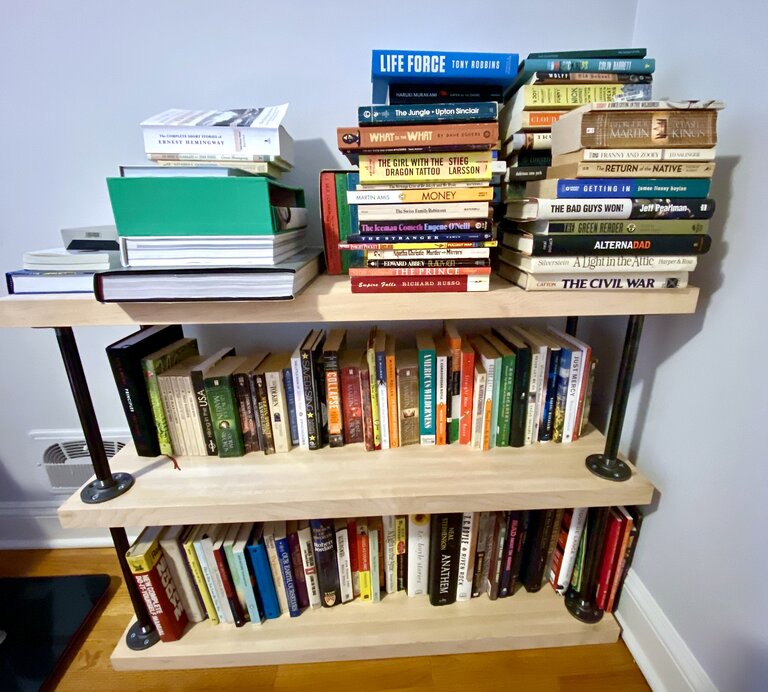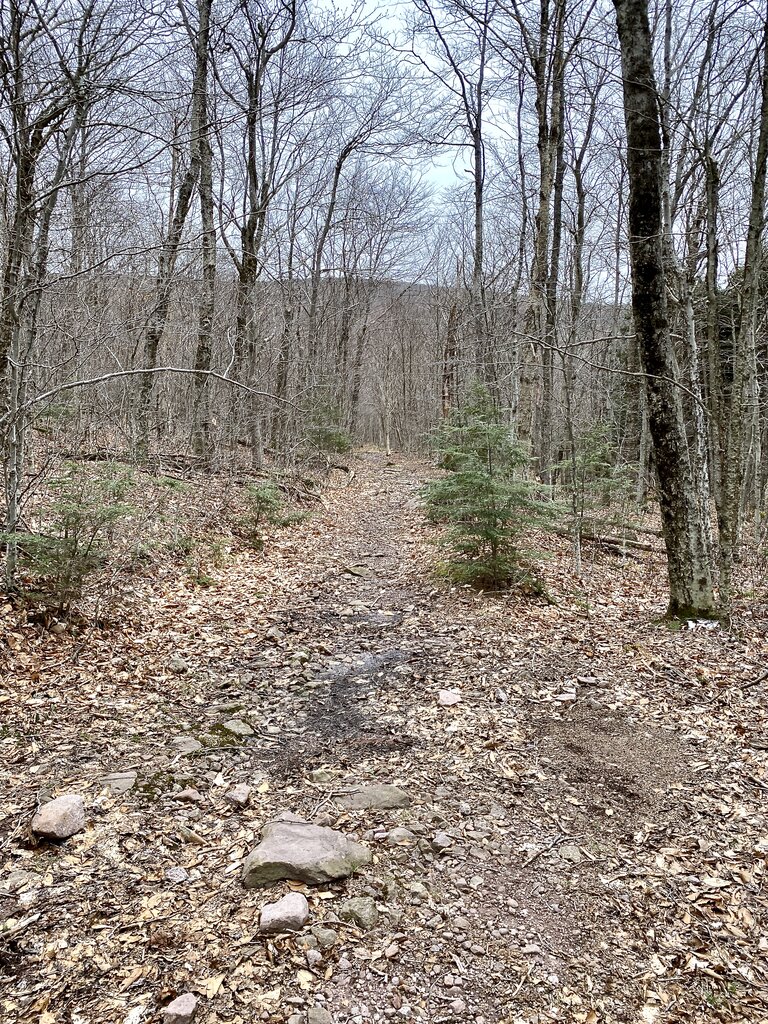
Ending stories is hard. When I started writing short stories, I had a character and a problem… but no clear ending. Not every story needs to end with a bow, but something satisfying or dramatic or shocking should occur. The first story I wrote had no ending… the main character left one place and arrived in another. My second story, “Unfair Advantage”, had a situation and a mood before an ending. Now, when I write, I don’t start (unless I’m just experimenting) until I know where the story will end. And this got me thinking about the best sad and happy endings.
The most remarkable sad ending is from a book I listened to on tape while commuting over twenty years ago. And I don’t recommend the book. It’s thoughtful and well-written… but the sad/tragic/horrifying conclusion caught me by surprise. Haunted me for days. Even now, as I think back to the ending, I can hear the narrator’s flat voice and remember getting upset. Anyway, the story is “The Weight of Water”. It became a movie, but I couldn’t watch. Even dredging up the memory here leaves my stomach grinding on itself.
Finding a great happy ending is a challenge. The authors I’ve read the most aren’t known for their upbeat books. Murakami, while amazing, is sad. Howey’s stories have hopeful endings (Beacon 23 has a legit happy ending). Hemingway can be cruel.
I come back to David Mitchell’s books. He doesn’t write linearly; they are separate stories, related (Ghostwritten, The Bone Clocks) or a tighter version (Cloud Atlas). They don’t have happy endings, for sure. But they resolve in very satisfying ways… the disconnected threads and characters conclude successfully. These endings are interesting and clever… but not happy.
I can’t think of a great happy ending and the most impactful sad ending…I never want to think about again? There are countless examples of happy endings on-screen, for sure, especially in movies. But, in the age of prestige television, many of the endings on series aren’t happy; most are ambiguous or cliffhangers. The only place I see happy endings are cheap, reality real-estate shows where the couple looking for a house finds the perfect one and lives happily ever after.



